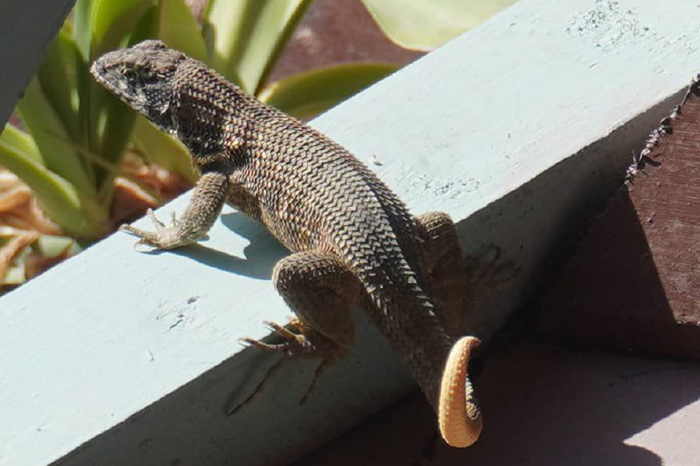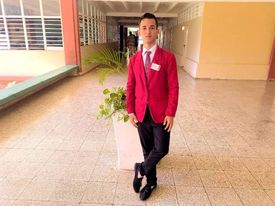Focusing on the protected area of the Central and Western Ecological Reserve of Cayo Coco, a scientific project of the Centre for Environmental Engineering and Biodiversity (Ciba) in Ciego de Avila is studying reptiles as indicators of conservation and anthropogenic conditions in this priority ecosystem of the Sabana-Camagüey archipelago, in north-central Cuba.
Master of Science Daylon Fundora Caballero, coordinator of the project, told the Cuban News Agency that they plan to determine the relationship between reptile communities and the state of health of the plant formations in the second largest protected area of this category in the country, some 36,040 hectares.
In addition, an ecological niche modelling is planned, a technique that will make it possible to predict the potential distribution of the species by analysing the environmental conditions associated with its known areas of presence.
Once these places are known, priority sites for conservation will be identified and the effects of climate change can be predicted.
The Ciba research assistant explained that the methodology to be followed includes the characterisation of the reptile communities, determination of the state of health of the plant formations, analysis of climatic and seasonal conditions, and modelling of the response of the different species of these animals.
In the case of vegetation, they use specific criteria to classify species and evaluate various variables of cover, height, diameter, density, and others, in addition to calculating indices of synanthropism, introduced taxa, conservation and resilience, Fundora Caballero explained.
The scientific studies include measurements of the reptiles’ solar exposure, temperature, relative humidity and wind speed, and modelling methods will be used to predict the presence or absence of species, based on the state of health of the vegetation formations and different climatic scenarios.
These results will provide a detailed tool for understanding the interaction between reptile communities and the health of the vegetation formations where they develop.
This will contribute significantly to the management and conservation of biodiversity in the Central and Western Ecological Reserve of Cayo Coco, added the assistant researcher and biologist specialised in herpetology.
The research associated with this project is expected to generate new scientific knowledge about the bioindicator response of reptiles, the management of these animals in priority ecosystems and their effects as a consequence of climate change and habitat fragmentation.
Models will also be developed to analyse the vulnerability of habitats, based on the interactions of reptile communities with the state of health of plant formations.
As part of the project, public awareness actions will also be carried out, aimed primarily at managers, workers and national and international clients of hotel and extra-hotel facilities in Coco Cay, with the aim of raising the perception of risk regarding the vulnerability of reptiles and the importance of preserving them in order to maintain the ecological balance.
Previous scientific studies highlight the value of these animals as indicators of habitat quality and anthropogenic pressure, and even emphasise that the presence of some species is evidence of the integrity of ecosystems, since their distribution and behaviour are closely linked to key environmental factors.
Reptiles can be sensitive indicators of changes in land use, pollution and other forms of disturbance, making them useful tools for understanding the influence of human activity on ecosystems.
Given the characteristics of these species, accurate identification of indicators based on the presence or absence of these animals provides valuable information for decision-making in environmental management and biodiversity conservation.
In the Central and Western Protected Area of Cayo Coco, the reptile group is composed of 28 species and 11 genera belonging to different families have been identified.
Of the reptile species recognised in this demarcation, 19 are endemic (11 species and eight subspecies), which constitutes 67.8 percent of the total described community; among the most charismatic and representative varieties in the area are the Santa María mahogany, the iguana, the lizards and the Cayo Coco blue lizard.




